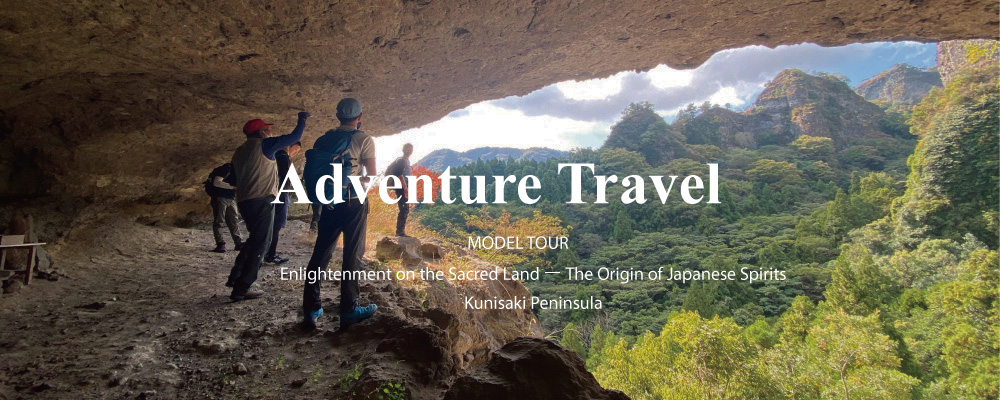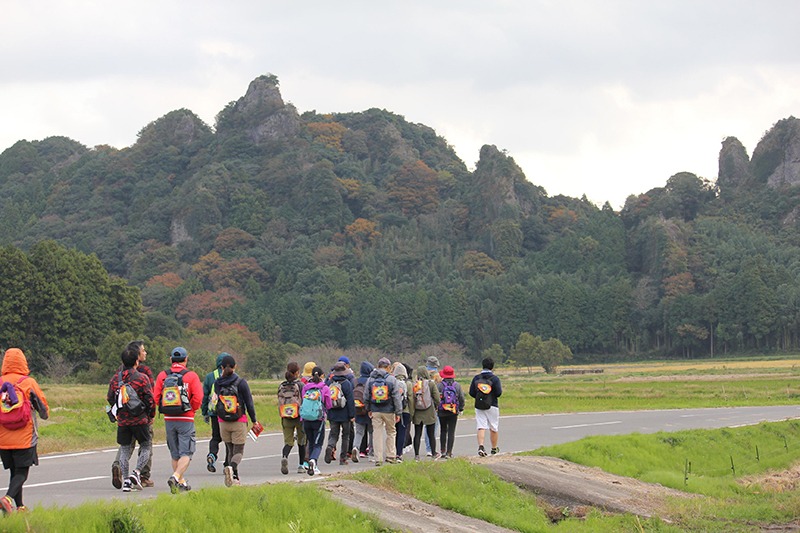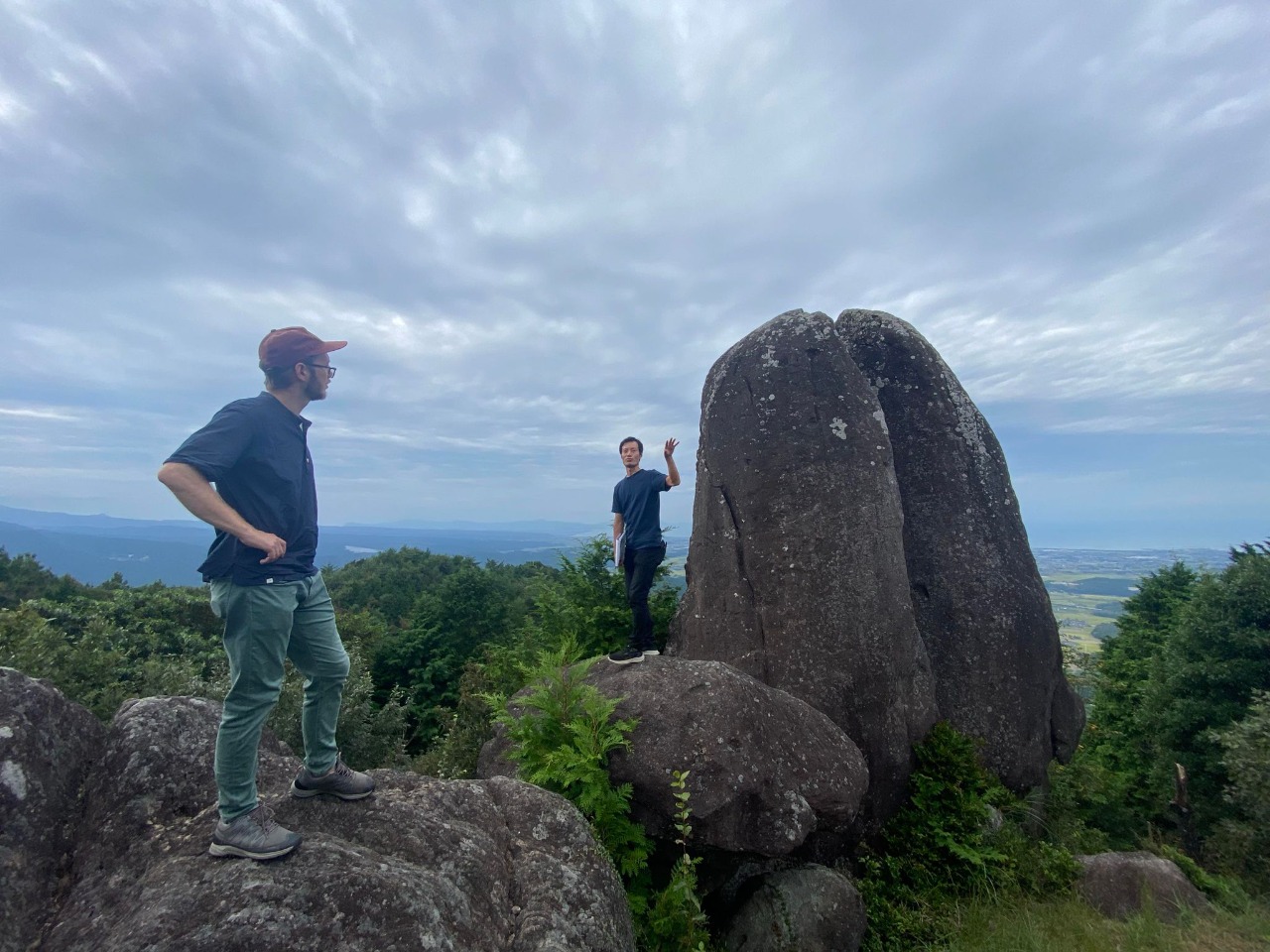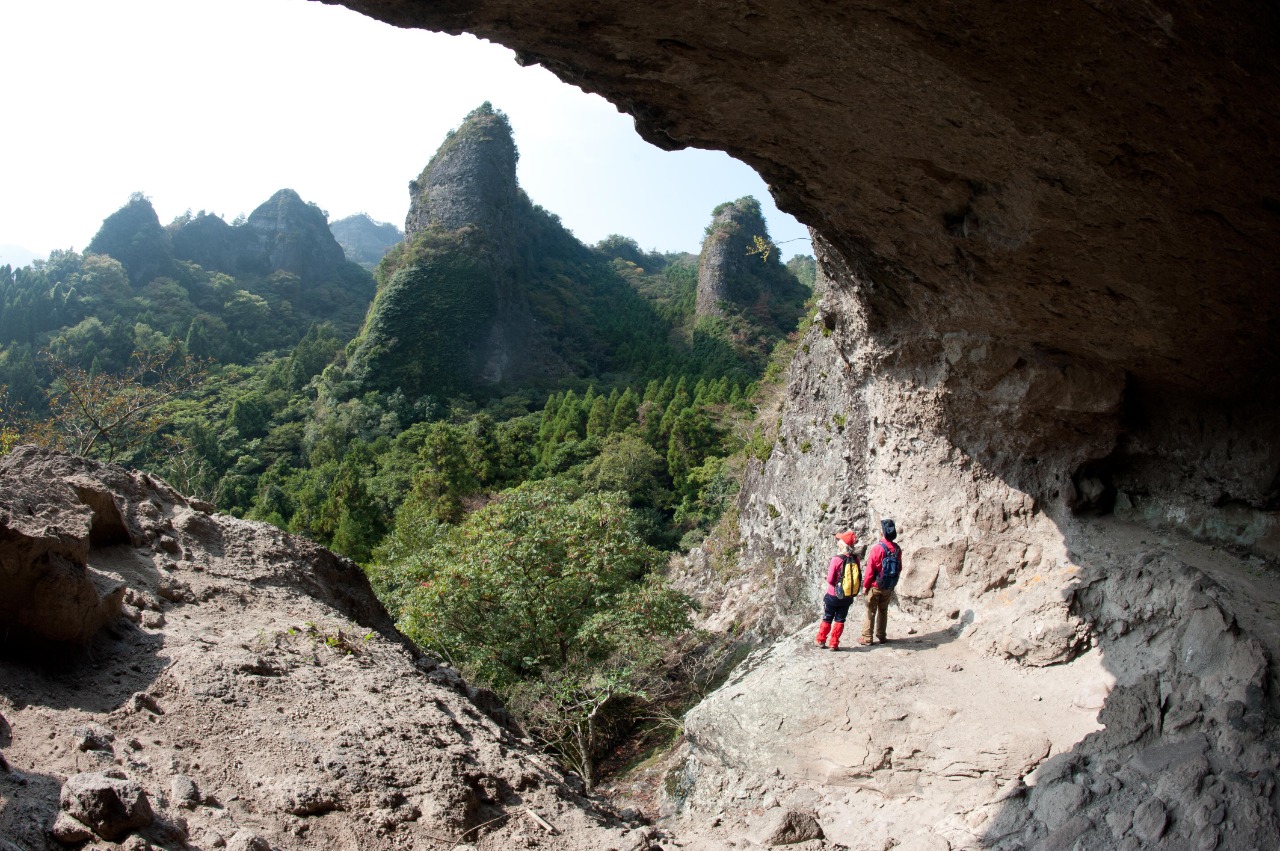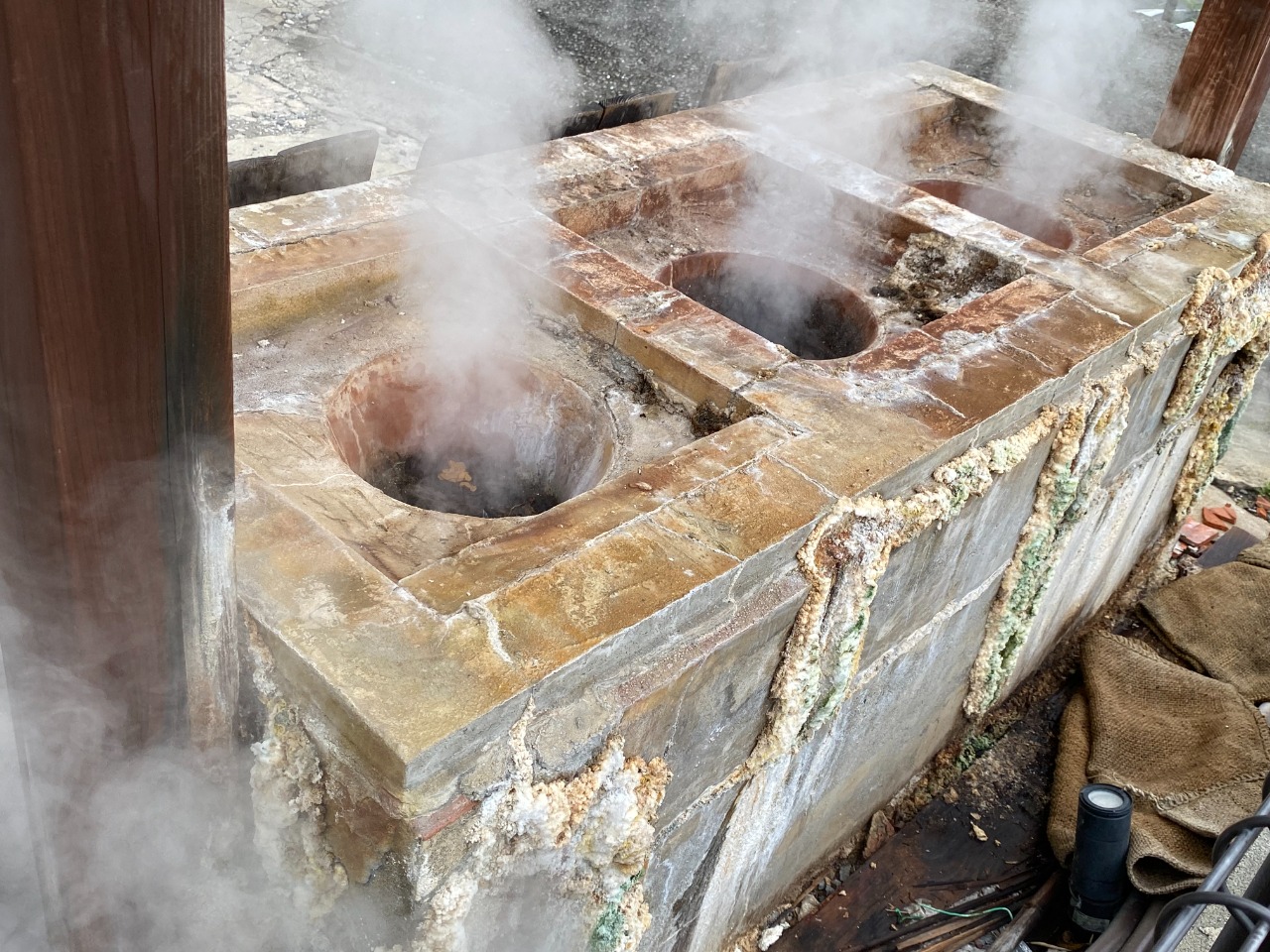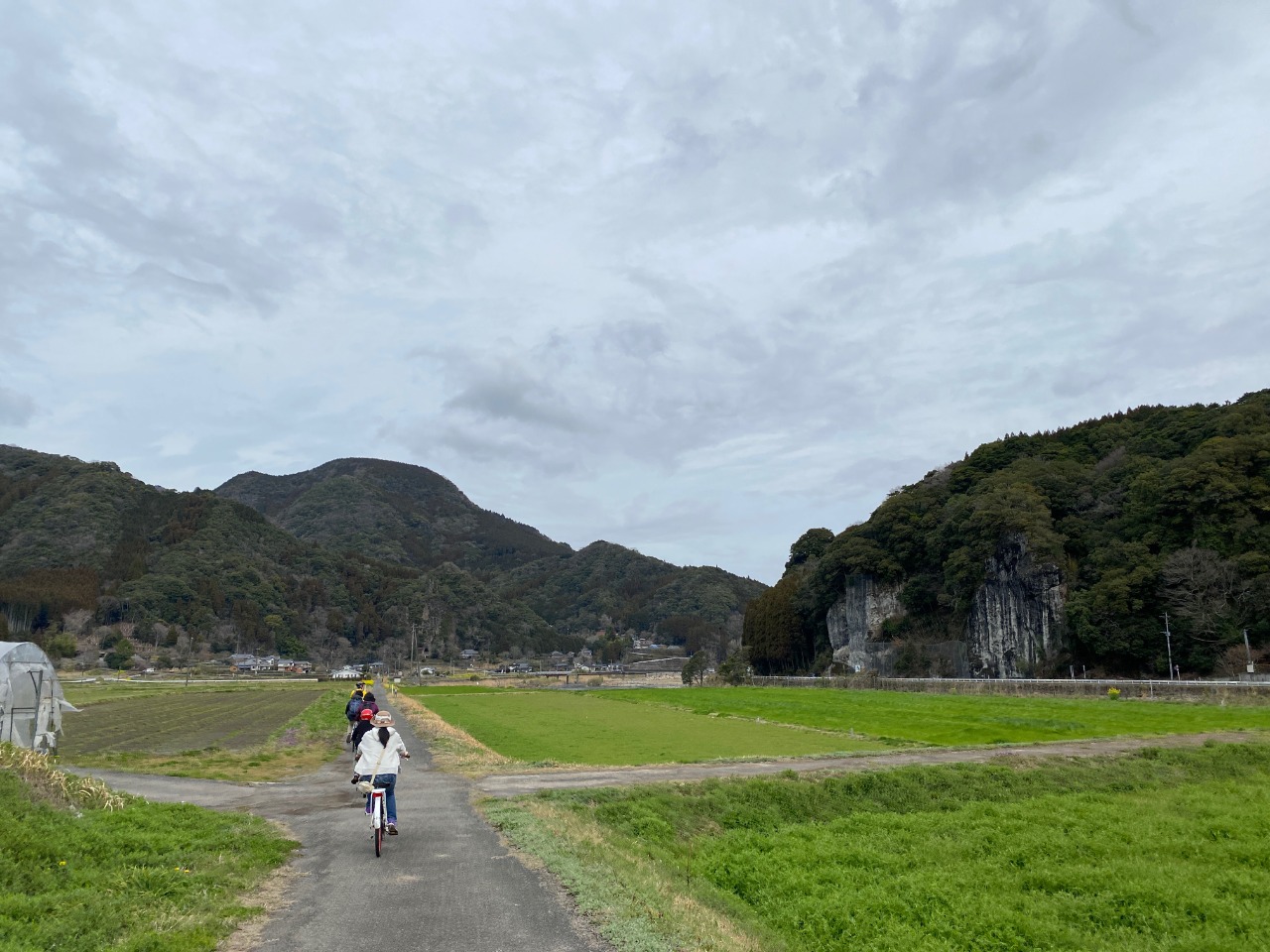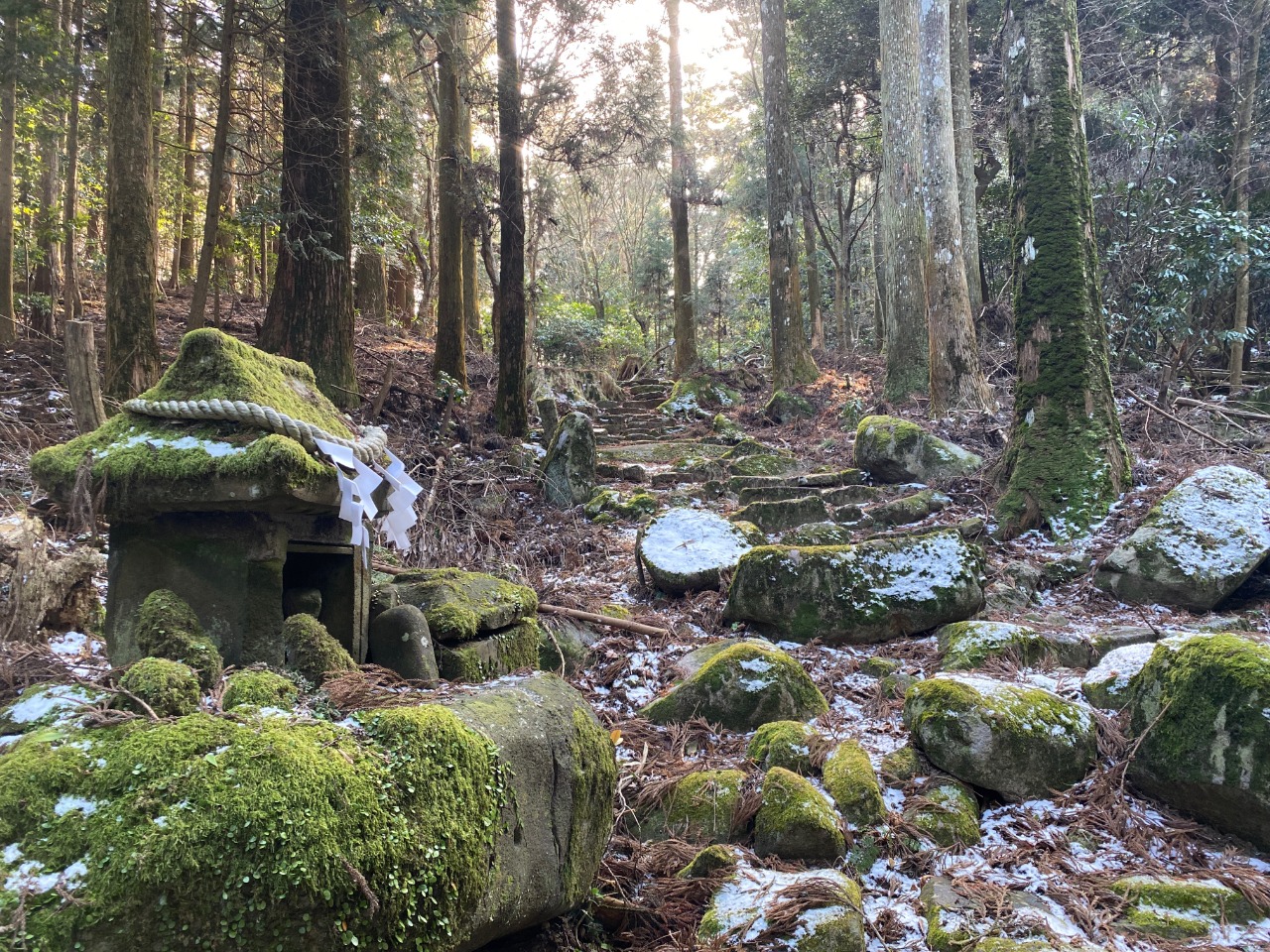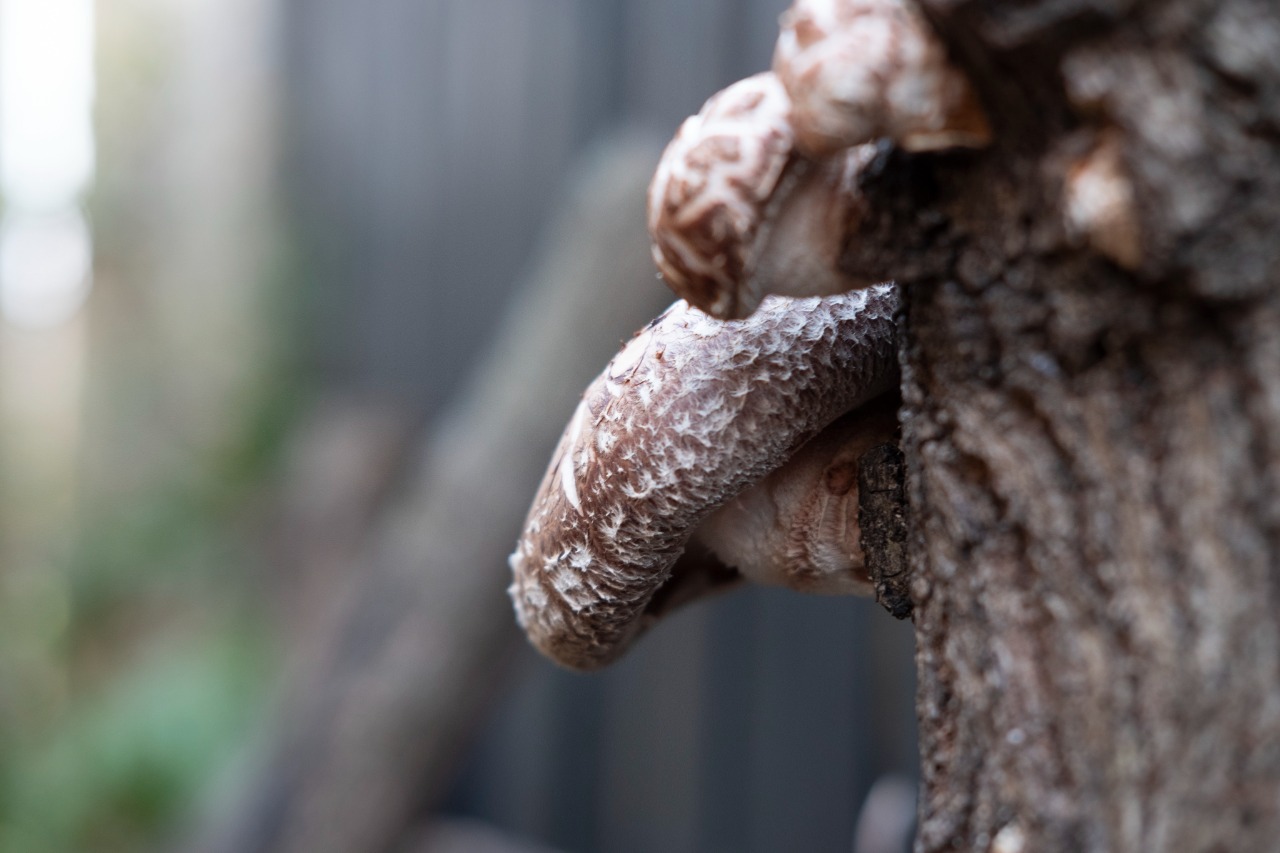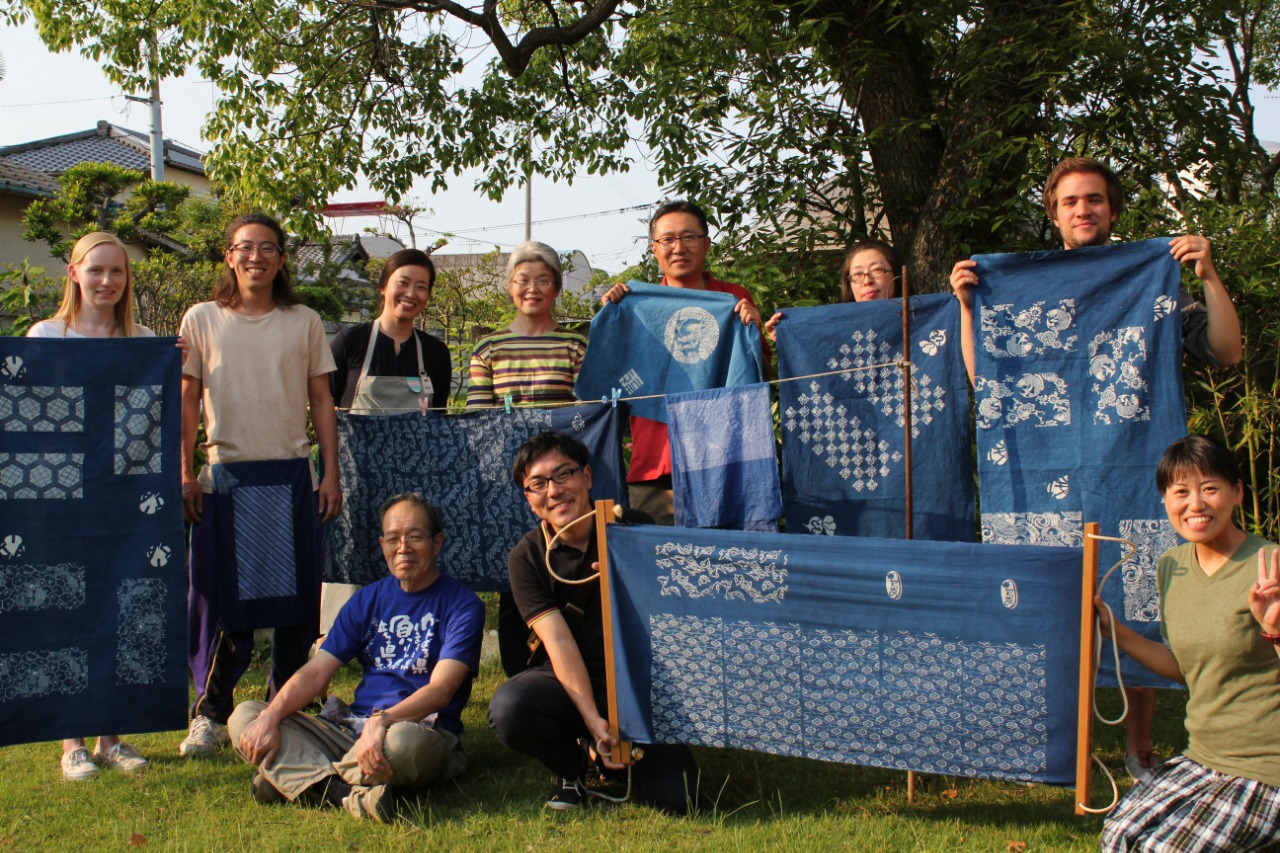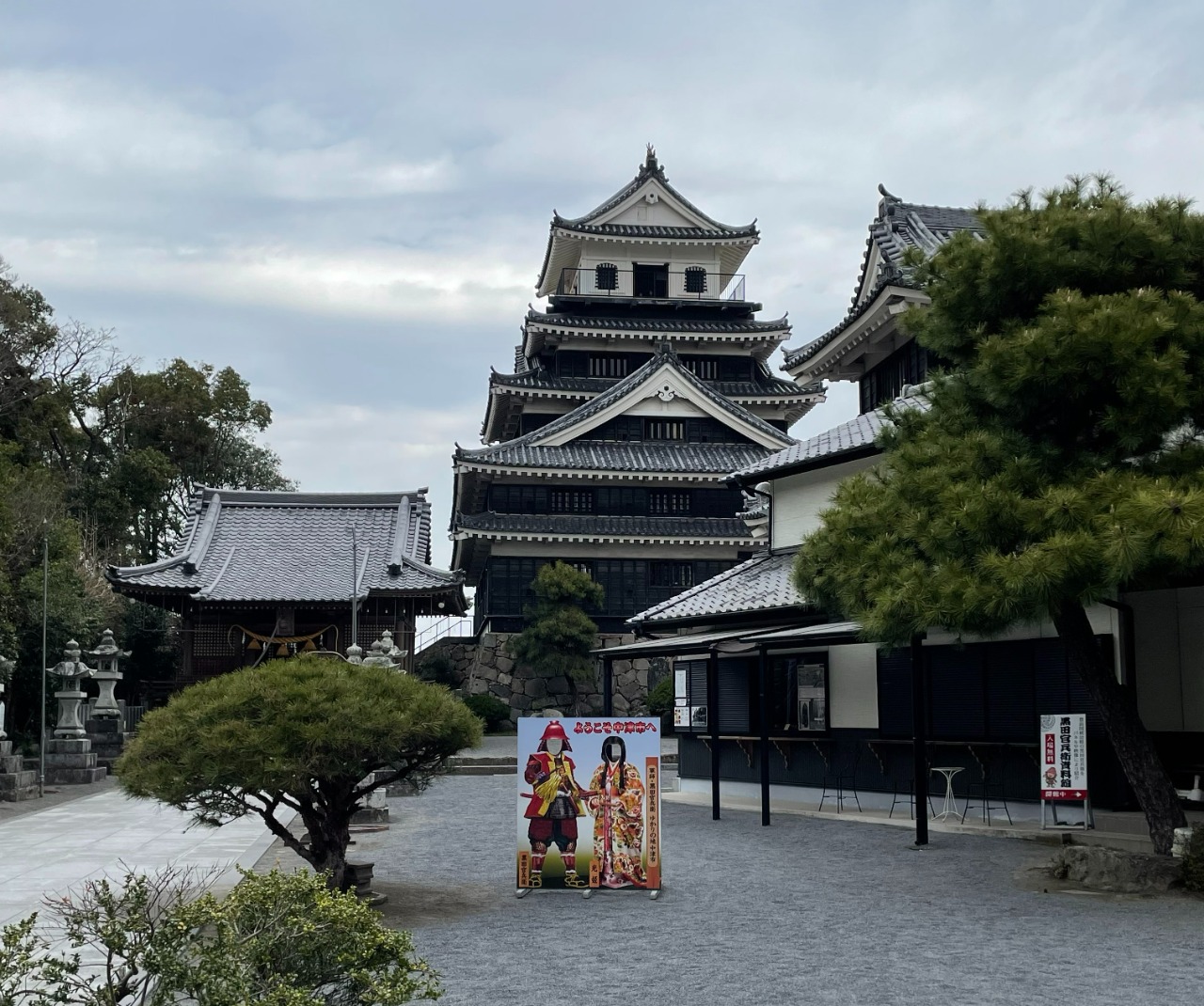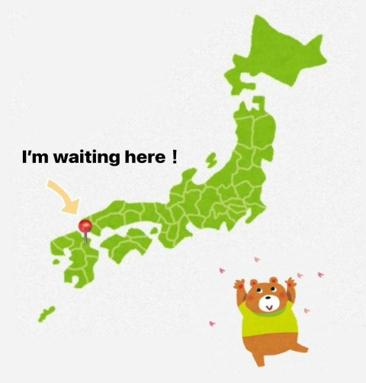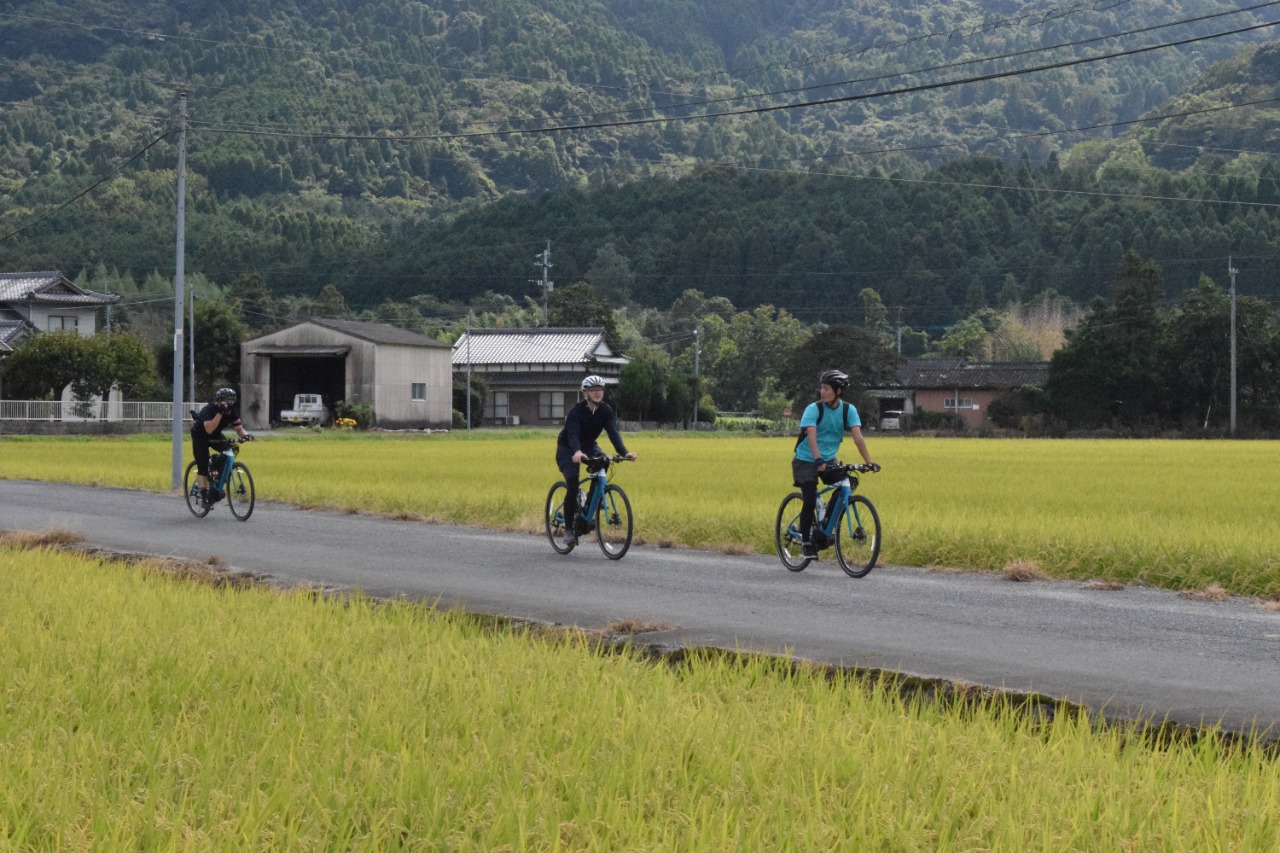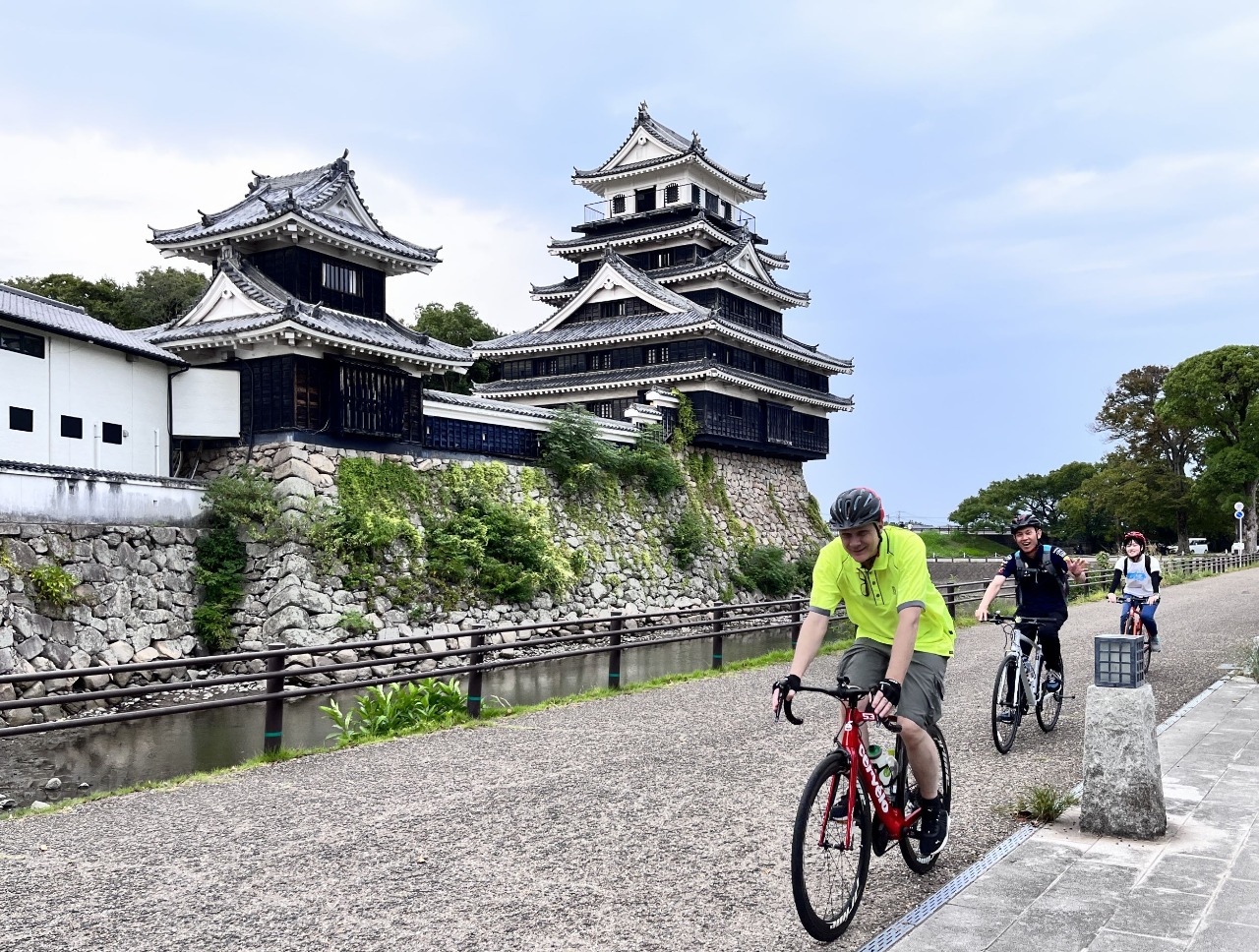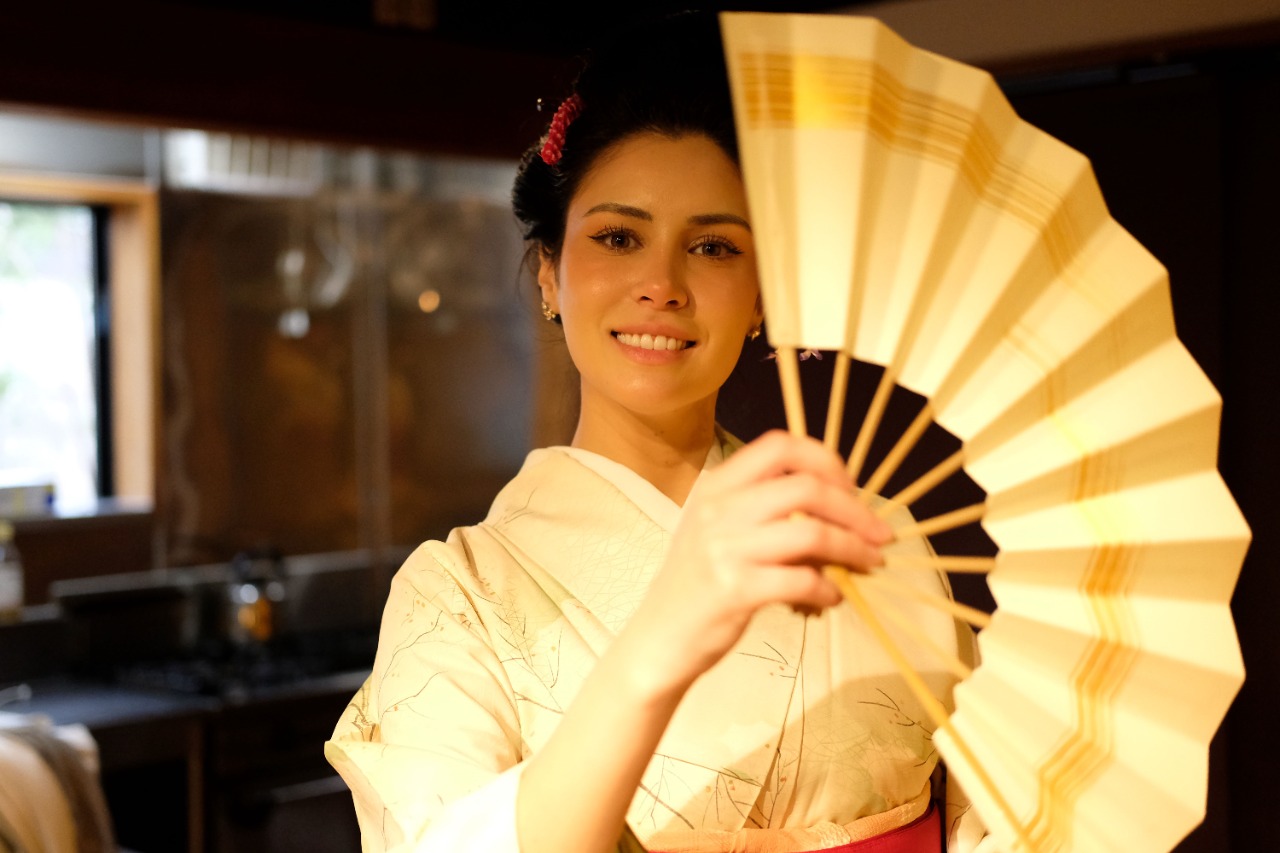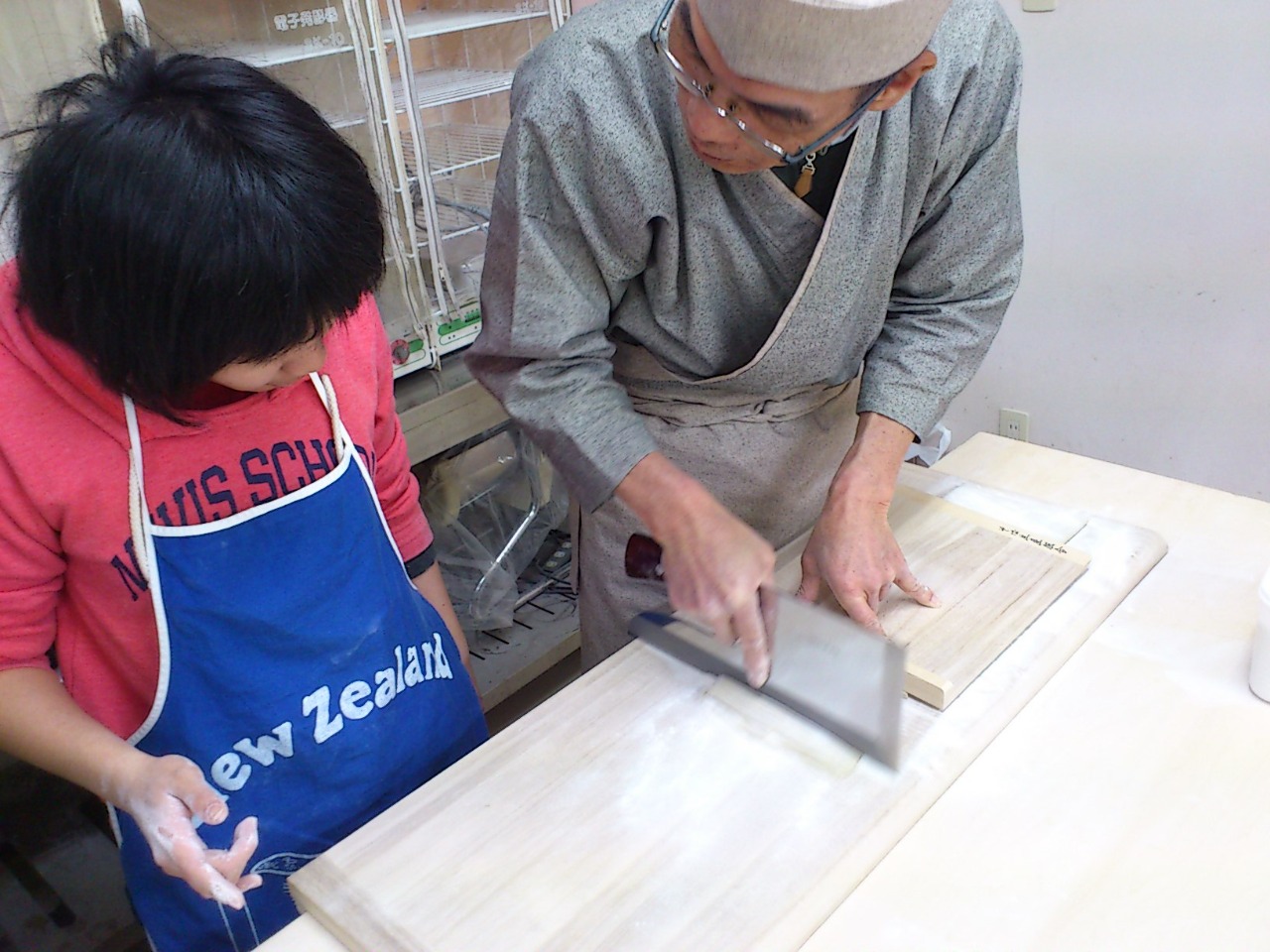Unravel One Thousand Years of Memories. A Completely Undiscovered Japan
- Millennium Heritage Journey -
In the northern region of Oita Prefecture there are eight municipalities with a history spanning over 1,000 years from the distant past, through ancient times, the Middle Ages, and up to the present day. The history that has shaped modern Japan is ingrained in its memories and has been carved into this region.
The start of history in this area begins with the combining of Buddhism and Shinto religions at the Usa Shrine about 1,300 years ago. The fusion of the cultural beliefs between Shinto gods and Buddha is a kind of culture not seen anywhere else in the world, and perhaps it is precisely because of this that it has become a cornerstone of the essential Japanese spirit. This culture of fused religions from Usa and the Kunisaki Peninsula has proved to be timeless, and still remains today as the Rokugo Manzan culture.
The Usa Shrine reigned over about one-third of the territories in Kyushu, but this power has been lost over the passage of time. Since then each area has continued to develop in its own way; Nakatsu, Kitsuki and Hiji have the characteristic shape of castle towns, while Beppu is prospering as an international hot spring resort area. As time passes, the Rokugo Manzan culture is still concentrated at the temples, and even today is being passed down through the generations of local people.
Toyonokuni Millennium Heritage Tourism Zone is a place where you can immerse yourself in a completely unknown Japan. The Millennium Heritage Journey will unravel its history. The landscape and culture, the lives of the local people, the shrines and temples that are passing on this history, and with each experience and encounter you will uncover something that has been forgotten, and perhaps this will be a journey that leaves you with unforgettable memories…
Clear days are plentiful with a pleasant climate coming from the Seto Inland Sea. Sunny days are the norm in summer, and in winter the seasonal winds can bring snowfalls seen accumulating in the mountains.
The Kunisaki Peninsula is characterized by its steep terrain and volcanic soil which is easily permeated by rain water resulting in a very particular sustainable system of agriculture, forestry and water in the oak forests and ponds, which have been designated as a Globally Important Agricultural Heritage System.
This area is full of hot springs,especially in Beppu,in which you can enjoy a variety of colorful waters. It is one of the main hot spring areas in Japan and it has the most sources of hot springs in the world.
The region has an array of historical cultures that have come from ancient times to the present day. With the Usa Shrine at its center, Buddhism and Shintoism syncretized forming the 'Shinbutsu Shugo Culture',which spread throughout the Kunisaki Peninsula. Nakatsu, Kitsuki, and Hiji developed as castle towns, and these days they have become large towns with the old castle town at their heart. With one of the world's leading onsen towns, Beppu, there is still a heritage of precious modernization, back alleys, and the public bathhouse culture that escaped the destruction of war.
With all eight municipalities facing the Seto Inland Sea, fresh seafood is in abundance. Nakatsu is famous for conger pike, Himeshima for Japanese tiger prawns, and Hiji for Shiroshita flounder. In addition, Oita's tori-ten and kara-a-ge fried chicken are famous all over the country, The famous hot spring resorts in Beppu have a traditional method of cooking using steam from the hot spring nicknamed 'steamed in hell’s kitchen'.
GYOUKOUE is a sacred ceremony that was held until 400 years ago to replace the enshrined god at USA JINGU shrine. Priests carried an object of worship made at Komo shrine for 100km on a palanquin called "Mikoshi" while visiting other holy sites of the region.
We trace the route that inspired a thou
In ancient times, northern Kyushu is believed to be the first area to have interactions with China and the Korean Peninsula. The more advanced cultures were brought over and Japan's ancient culture fused them together, creating a uniquely Japanese culture that spread throughout the country. Startin
The Kunisaki Peninsula in Oita Prefecture lies on the northeastern coast of Kyushu. To the north, the peninsula faces the Suo-nada part of the Seto Inland Sea. To the east, it borders the Bungo Channel, a strait that separates Kyushu from Shikoku and connects the Seto Inland Sea to the Pacific Ocean
This is a trail based on the ancient "Rokugo Manzan Mineiri Pilgrimage Route" on the Kunisaki Peninsula.This reconfigured course,which can be modified by adding further mountain climbing or walking routes,allows participants to experience the real pleasures of hiking and walking trails in a fun and
【Local guides take you through the historical hot-spring culture of the area.】
The town of Kannawa Onsen takes its name from its famous onsen (hot springs). This spa resort town has long flourished as a therapeutic hot-spring destination, and guests can use a 'jigoku kettle' to steam food with on
Would you like to wear Kimono and walk around the famous hot spring city Beppu?
We offer not only a wide selection of elegant Kimonos but also Obi (sash) and Geta(traditional Japanese clogs) to match your choice of garment, so feel free to visit us empty-handed!
Senpukuji Temple is a Zen temple located in Kunisaki,where many adherents to the Tendai school of Buddism are found,and was founded by the Zen monk Mujaku Myoyu.It is the head temple in Kyushu of the Soto school of Zen Buddhism.Here,you can experience full-fledged zazen(seated Zen medhitation) and c
【Cycling through Yabakei,one of the top spots in Japan for viewing autumns leaves】
Oddly shaped rocks and natural gorges make this a unique cycling experience. Ride through pastoral scenes that resemble a landscape painting. Enjoy the breath-taking Yabakei scenery in three seasons: autumn leaves,
【The origin of Hachiman culture and the origins of where the gods dwell 】
This tour includes hiking along the Omoto Historic Trail, an ancient trail on Mt. Omoto.
Mt. Omoto is a sacred mountain where three goddesses are said to have alighted from the heavens. It has been a sacred mountain with
【Harvesting Oita's speciality shiitake mushrooms 】
Shiitake mushrooms are famous worldwide as a source of umami, the "fifth taste" after sweet, sour, salty and bitter. What gives the umami taste to shiitake mushrooms is guanyl acid. This broth from the mushrooms is widely used alongside kombu in
【 Fishing boat cruises and a tour of the fish market! 】
Experience a cruise on a fishing boat around the clear blue waters of Beppu Bay. The cruise offers unique views from the sea such as Mount Tsurumidake, and billowing steam from the hot springs.
Beppu is a hot spring resort that developed
You can gain first-hand experience of learning dyeing from our dyers.
There are two courses: a light course in which you can experience lightheartedly by using designs we have already prepared and finished applicating glue and a full-scale course in which you can experience application of glue t
Nakatsu Castle Town was built by many great Lords during the Warring States period. Surprisingly, even now, we can easily touch on the wisdom, culture and lifestyle of this Samurai society.
Let's walk the castle town of Nakatsu city with a friendly guide. We visit some historical places and local shops! You can also experience Indigo Dyeing.
In ancient times, agricultural rice cultivation culture was first introduced from China and the Korean Peninsula. The northern Oita area is still influenced by this culture more than 1,000 years later. Usa Jingu Shrine is the birthplace of "Shinto-Buddhism syncretism," a harmonious blend of foreign
Rice, the staple food in Japan, is not only a food but it is also a significant part of Japanese culture. Rice farming began with the knowledge of rice cultivation, civil engineering, and reservoir techniques being handed down from generation to generation.
There are times when rice production may
Would you like to experience Japanese culture by learning to dance while wearing a kimono? At Suehiroya, a Japanese-Western style B&B renovated from a miso factory, you can enjoy a fun experience of Japanese culture with careful instruction from a professional Japanese dance instructor.
The maste
Even beginners and children can enjoy it with careful guidance from soba makers!
The soba I made myself has an exceptional taste!
Bungotakada soba, which boasts the highest production volume in western Japan. Deliciousness that sticks to the “three sides” of freshly ground, freshly ground, and
Fancy avoiding crowded touristic hotspots and exploring more 'local' areas you likely wouldn't find in a travel brochure? In this exclusive, small-group walking tour, you'll immerse yourself in history and culture whilst strolling through the streets of downtown Beppu. Experience the work and daily
Let's walk around the castle town Kitsuki of the Edo period with a local English-speaking guide.
You can visit samurai residences built over two hundred years ago.
【Highlights】
Samurai House (Ohara Residence)
Kitsuki Castle
Stone-paved slopes
Shichitoui is a rare material that can only be harvested on the Kunisaki Peninsula, which has been designated a Globally Important Agricultural Heritage System.
It is used as a raw material for tatami mats, and is produced only here in Japan.
Currently, there are only seven Shichitoui farms.
Sh
In this cosy private cooking class, participants can learn how to make delicious 'dango noodle soup' - a traditional delicacy originating from Oita Prefecture. Under the guidance of an experienced local teacher, participants can also opt to make 'ramen' noodles or 'onigiri' (rice balls) with miso so
Join this walking tour to explore back alleys with traces of Beppu’s old townscape and discover art spread across the city. Enjoy strolling through Beppu, where history, culture, and art are alive.
? Highlights of This Tour!
“ALTERNATIVE-STATE”
An art project that invites one artist to Beppu e
You will be picked up from Beppu Station or your accommodation and taken to Mt. Kyōzuka in Hiji Town for a Nordic walking tour. Along the way, you will experience "forest bathing" at the Sakura Plaza.
After that, we will travel by car to visit the sacred Mizujinja Shrine (Yamada Spring), and then r
We will pick you up at Beppu Station and drive to Lake Shidaka in Beppu City.
After a simple Nordic walk lesson at Lake Shidaka, after visiting the power spot “Shidaka Hakuryu Shrine,” we will go on a Nordic walk to “Lake Kagurame.” You will experience “forest bathing” along the way.
After that, w
You will be picked up from Beppu Station or your accommodation and brought to Jigoku District Park in Beppu City. After a short Nordic walking lesson, the walk begins—passing by the open-air hot spring spot Tsurunoyu and continuing all the way to Myoban Onsen.
Along the way, stop at Emisu Shrine to
【Bus Depots】Oita Station,Beppu Station, Beppu Kitahama,Beppu Kotsu Center,Hiji, Usa Station
【Bus Routes】Oita Station=Beppu Station=Beppu Kitahama=Beppu Kotsu Center=Usa Station―――Usa Jingu Shrine―Fukiji Temple―Kumano Magaibutsu―Zaizen Family Graves―Futagoji Temple――Oita Airport=Beppu Kotsu Center=Beppu Kitahama=Beppu Station=Oita Station
【Bus Depots】Oita Station,Beppu Station, Beppu Kitahama,Beppu Kotsu Center,Nakatsu Station
【Bus Routes】Oita Station=Beppu Station=Beppu Kitahama=Beppu Kotsu Center=Nakatsu Station―――Fukuzawa Kyutei―Ao no Domon―Rakanji Temple―Yabakei Dam Lake―Shin-Yabakei Canyon―History Museum―――――Usa Station=Beppu Kotsu Center=Beppu Kitahama=Beppu Station=Oita Station

JR Hakata Station
![]()
(Nakatsu) - (Usa) - (Kitsuki)
next
JR Beppu Station
Limited Express train (About 2 hours)
Fukuoka Airport
![]()
next
Beppu
Highway bus (About 2 hours)
Fukuoka
![]()
(Nakatsu) - (Usa) - (Hiji)
next
Beppu
Higashi-Kyushu Expressway (About 2 hours)
![]()
next
Beppu
Kyushu Expressway / Oita Expressway (About 2 hours)
Oita Airport
![]()
(Kitsuki) - (Hiji)
next
Beppu
AIRLINER (About 1 hour)
![]()
(Kunisaki) - (bungotakada) - (Usa)
next
Nakatsu
NORTHLINER (About 1 hour 40 minutes)
Oita Airport
![]()
next
Usa
National road/Prefectural road (About 1 hour)
![]()
next
Bungotakada
National road/Prefectural road (About 1 hour)
Oita Airport
![]()
next
Imi Port
![]()
next
Himeshima Port
(About 1 hour)





